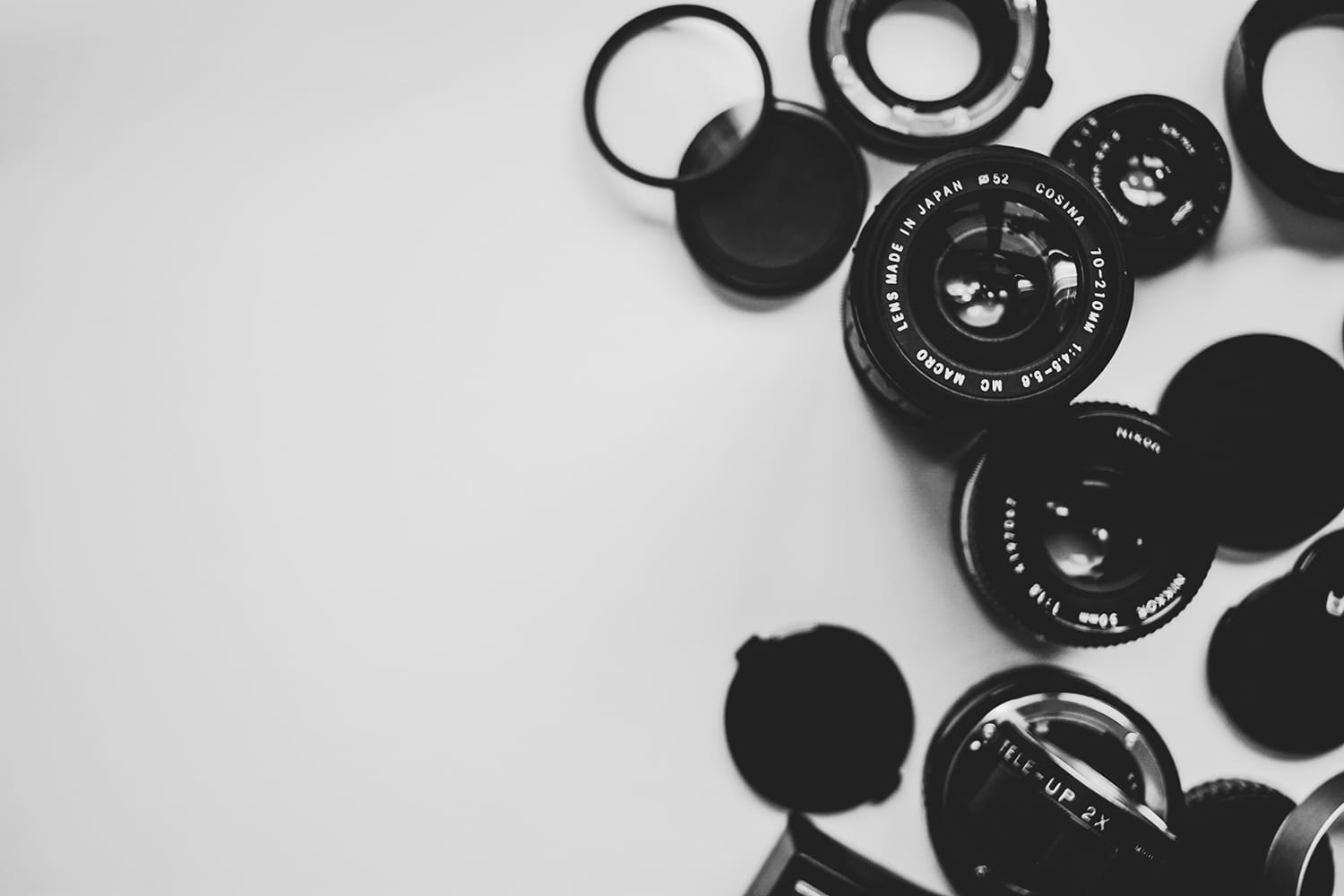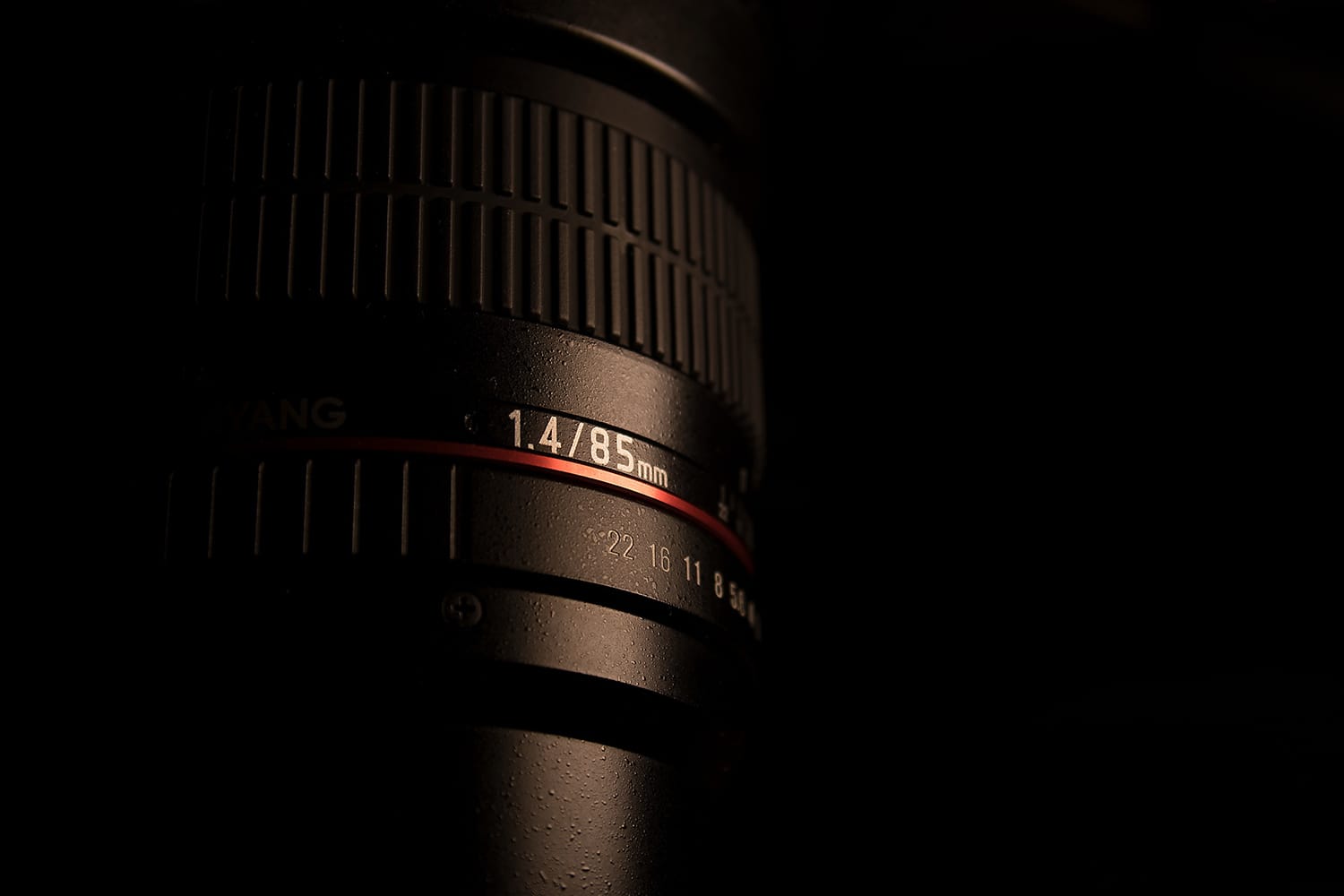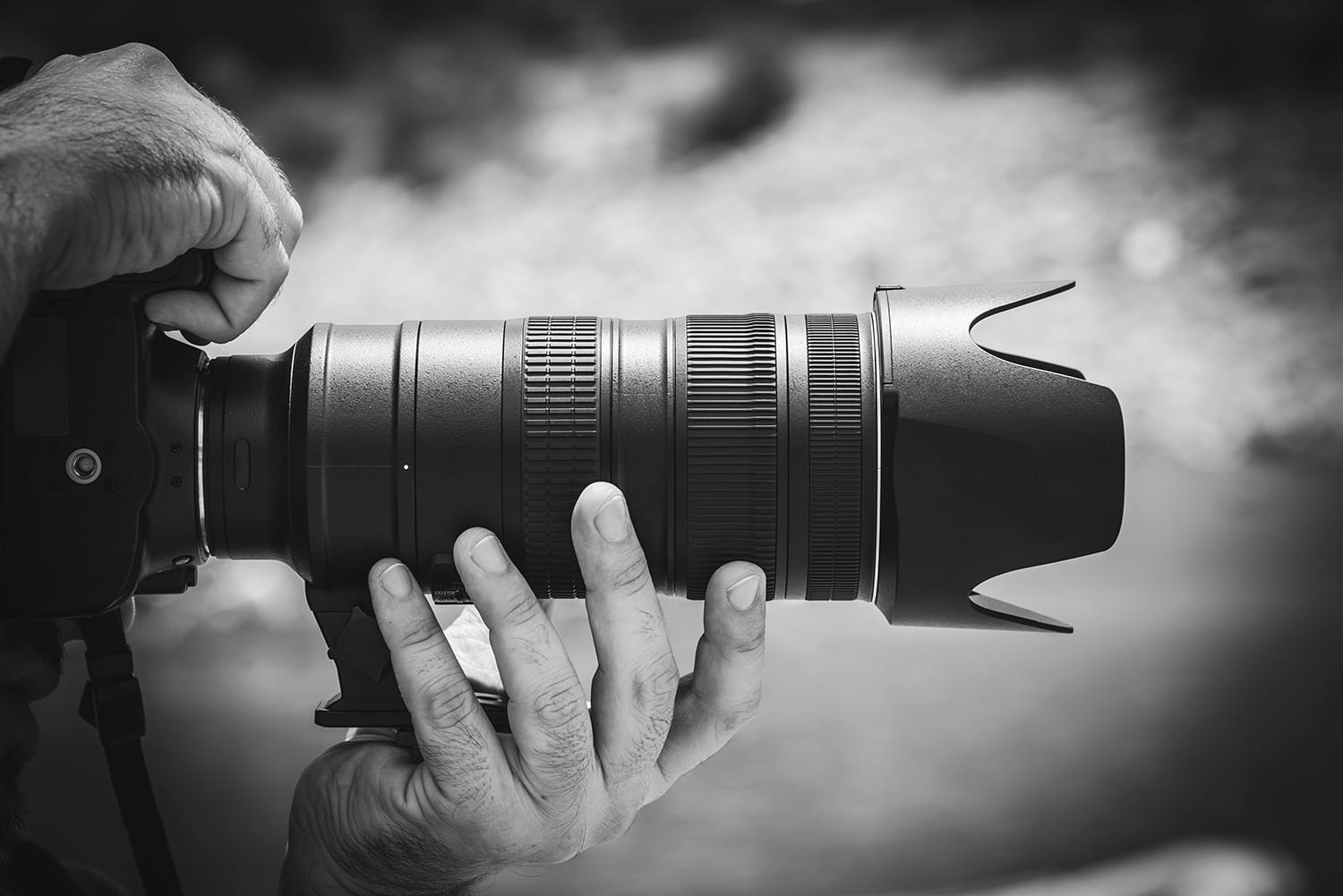A Guide to Understanding Focal Length
When people think about the important factors in photography, the exposure triangle of ISO, shutter speed and aperture is what usually springs to mind first. But almost as important is focal length, as this has a great effect on not only said exposure triangle but also on how your scene is captured.
So what is focal length? Focal length is the distance in millimetres between your lens and the image recorded on your sensor when the lens is focused at infinity.

Infinity refers to the farthest possible distance that can be seen and it is this distance that essentially determines your angle of view (i.e. what the lens sees). Camera lenses are classified by their focal lengths, starting from a standard lens that gives roughly the same perspective as the human eye. This is the 50mm lens, although lenses of around 20mm each side of 50mm are also classified as standard.
Lenses with less focal length are called wide-angle lenses, as they have a wider angle of view, whereas those with a greater focal length are telephotos and have a narrower angle of view.
The Effect of Focal Length

The focal length of your lens will have a certain effect on your photos, making different lenses more suited to different types of photography.
Wide-angle lenses are most commonly used for landscape photography, where a large area from left to right needs to be covered. A wide-angle lens will exaggerate perspective, which will make objects appear more spread out over the image.
However, when you’re using a wide-angle lens, it’s important to take care to check that nothing unwanted is appearing in the edges of your shots. Wide-angle lenses aren’t really suitable for shooting at a close range because they can distort the image. If you use a wide-angle lens for portraiture, you can end up exaggerating some features of your subject’s face, which leads to a cartoon element in the image.
Telephoto lenses have the opposite effect on an image, as they will appear to flatten the elements and will make the foreground and background appear closer together. Obviously, the other effect that using a telephoto lens has is to make it easier to create tight shots, which keep unwanted objects out of the picture.
In general telephoto lenses are used for portraiture, because of the abilities described above.
Depth of Field

The longer the focal length of the lens, the more obvious depth of field will be in your image. So remember that if you’re shooting portraits and you want to throw the background out of focus with a small depth of field, you’ll get better results by using a telephoto lens.
Type of Camera / Sensor Size
The other big factor that needs to be taken into account when discussing focal length is what type of camera you are using. A full-frame camera has a sensor of a similar size to a negative of 35mm film. At 36x24mm, a full-frame sensor will capture the full angle of view of any lens designed for film or full-frame cameras.
So, for instance, a 50mm lens will capture the full angle of view. However, most entry-level and consumer DSLRs have an APS-C sensor, otherwise known as a cropped sensor. These sensors are slightly narrower than a full-frame sensor, thus meaning that they capture a narrower angle of view.
This can lead to some confusion for people, as the focal length that’s displayed on a lens won’t be providing the angle of view that’s expected when used on a crop frame camera. The easiest way to work out the equivalent angle of view that is actually being provided is to multiply the focal length of your lens by 1.5 or 1.6 depending on your camera make and model (Canon APS-C cameras typically have a 1.6x crop factor, whereas Sony and Nikon APS-C cameras usually have a 1.5x crop).
So, for example, the trusty 50mm standard lens used on a crop frame camera will give you the same angle of view as an 80mm lens would on a full-frame Canon camera. It would give you the equivalent of a 75mm lens on a Sony or Nikon full-frame camera.
Important: It’s a slightly confusing aspect to get your head around, but all that anyone really needs to be aware of is the effect this will have on wide-angle lenses in particular. Using a standard wide-angle lens on a crop frame camera will give you a narrower field of view and thus, your lens will no longer be covering a wide-angle perspective. On the other hand, using a telephoto lens on a crop frame camera gives you the equivalent angle of view of a much longer lens, meaning that you can essentially get much closer to your subject with far less lens.
Obviously, the actual focal length of your lens isn’t magically changing, but it’s often easier to work out the difference by doing the calculation of multiplying by 1.5 or 1.6 and then using this new ‘focal length’ as a guideline. Your perspective and image magnification remain constant, but your angle of view changes.
To get around the problem of the wide-angle lens on crop frame cameras, manufacturers produce specific digital lenses designed only for the smaller sensors. These lenses are usually zoom lenses of either 10-22mm or 11-16mm. This then gives the equivalent angle of view of either 16-35.2mm or 17.6-25.6mm, thus meaning that you still essentially have a wide-angle lens.

Conclusion
Focal length is actually a fairly simple process to understand once you put it into practice with your existing lenses! The lenses that you choose to use will also depend very much on the type of photography that you shoot and this is one of the reasons why it’s so important to understand the difference that focal length can make to a shot.
And most importantly, understanding focal length makes it far easier to apply and understand depth of field and the exposure triangle – all of which are vital for producing correctly exposed and technically good shots. Think of focal length as one of the vital bits of knowledge in your photography arsenal!
